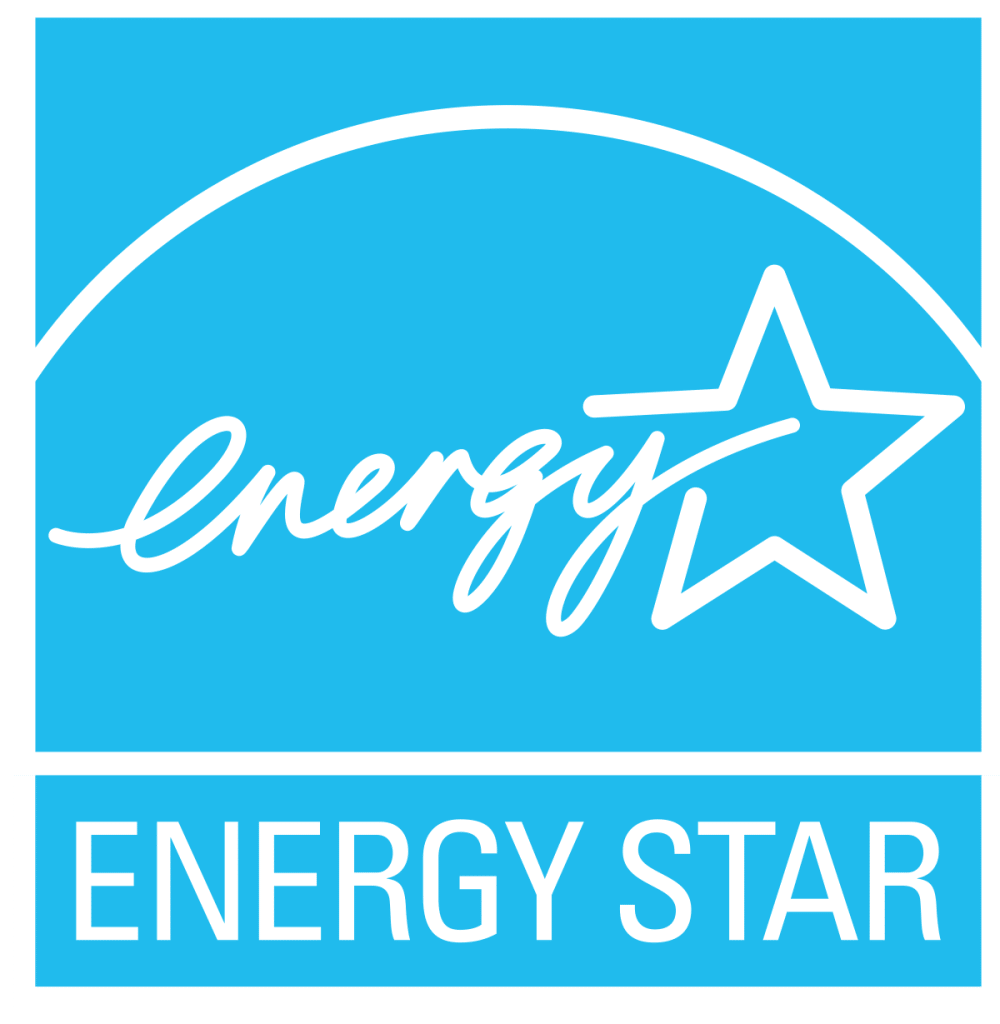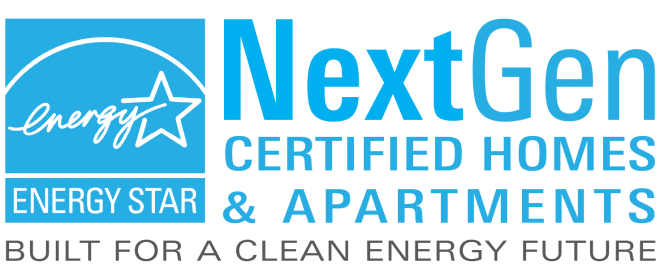Tax Credits & Incentives
Maximize your savings while minimizing your environmental footprint with Extreme Panel Technologies' innovative SIPs, eligible for tax credits and incentives, making sustainable building more affordable than ever.
Building with Extreme SIPs enables you to effortlessly attain a high-performance building envelope, making you eligible for new tax credits and incentives. Extreme SIPs offer a continuous insulation envelope that minimizes thermal bridging and diminishes air infiltration, leading to substantially reduced heating and cooling expenses.
Section 45L incentivizes homebuilders and multifamily developers to reduce energy consumption with a per dwelling unit tax credit. Key credit details include:
- New homes certified under the ENERGY STAR programs will be eligible for a $2,500 credit
- The credit is increased to $5,000 for dwelling units certified under the Zero Energy Ready Homes Program (ZER).
- For Multifamily units, the base qualification decreased to $500, while ZER multifamily units are $1,000 each.
- Multifamily units meeting prevailing wage requirements will receive an increased $2,500 credit for base qualification and $5,000 for ZER.
- Initially, low-rise residential developments were the only ones eligible for this credit, but it is now extended to homebuilders and single-family or multifamily developers. The base qualification requirements for these developers are that they must meet both national and local energy-saving requirements
Visit the IRS updated Form 8908 for new requirements and qualifications.
Formerly known as the Nonbusiness Energy Property Credit, the IRA extended and revitalized this tax credit by substantially increasing the amount homeowners can claim on their taxes for energy-efficient home improvements such as insulation, exterior doors, and similar energy-saving improvements.
- The expanded 25C will provide a 30% tax credit (up to $1200 annually) to homeowners who take certain steps to make their homes more energy efficient.
- 25C tax credits can also be combined with rebates offered through DOE’s forthcoming $8.8 billion Home Energy Rebates Program. However, these funds will not be available to homeowners until at least early 2024.
With retrofit insulated panels you can get a higher R-value and a quicker application than the alternatives, helping you to qualify for insulation credits under 25C.
Learn more about how going green could help taxpayers qualify for expanded home energy tax credits.
How to meet Energy Star Certifications

Energy Star
EPA (Environmental Protection Agency Sponsored) find information on Energy Star qualified tax credits for Homebuilders, for Commercial Building owners, and for homeowners on Energy Star’s extensive website.
How to Meet Energy Star NextGen Certification
EPA’s ENERGY STAR NextGen™ Certified Homes and Apartments program is designed to inspire both home builders and home buyers and demonstrate that it’s possible to build the homes that we need for tomorrow, today. The new certification builds on the 25-year foundation of the ENERGY STAR Residential New Construction program, through which more than 2.3 million energy-efficient new homes and apartments have been certified to date.
This handy, three-page document presents a high-level overview of the ENERGY STAR NextGen program, its significant potential for energy savings, and its exciting advanced electric technologies. Share the document with anyone who might consider creating a policy or incentive for ENERGY STAR NextGen certification.
Click here for Colorado’s Energy Star New Home + Xcel’s program: Builder rebates for high-performance all-electric new homes
HERS
A HERS (Home Energy Rating Scale) for your home or new build is required in order to receive a tax credit. It is the standard by which a home’s energy efficiency is measured. Most Extreme Panel homes with a properly sized HVAC system will typically receive a HERS rating in the upper 30’s to mid 40’s without utilizing renewables such as solar, geothermal, or wind power. Once you receive a HERS certificate, the qualified HERS Rater will then issue a federal tax credit of $2,000 plus any possible local incentives.
DSIRE
Database of State Incentives for Renewable’s & Efficiency, DSIRE is a comprehensive source of information on state, local, utility, and federal incentives and policies that promote renewable energy and energy efficiency. Visit the DSIRE website and click on your state for more local incentive information.
Other Green Building Certification Resources
Extreme Advantage

Eco-friendly
A structure consisting of sustainable raw materials assembled with responsible methods

Save Resources
Responsible production planning resulting in maximum use of the manufactured panels

Save Energy
15 times more air tight than conventional building construction

Zero VOCs
Zero panel off-gassing and 'Red- list' chemical-free envelope

Zero Waste
Our uniquely engineered manufacturing facility produces zero waste — all by-product is reused or recycled locally

Save Time
Reduced onsite construction time requirements -- on average framing time reduced by 66%



